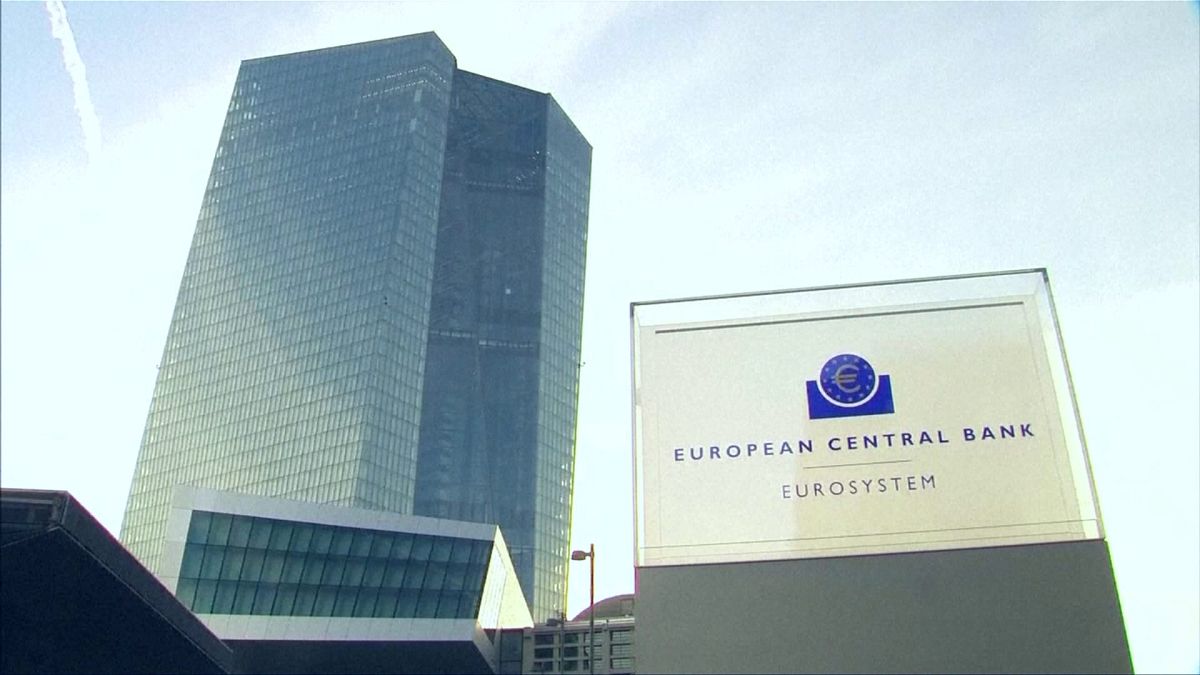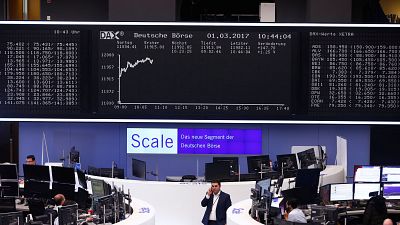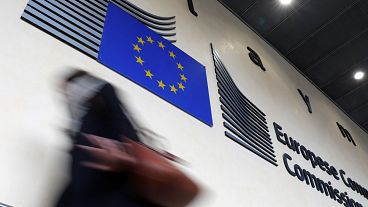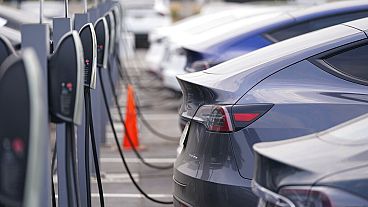Eurozone inflation surged to its highest in four years in February which will put the European Central Bank under pressure to scale back stimulus.
Eurozone inflation surged to its highest in four years last month.
Consumer prices in the 19 countries using the euro rose by 2.0 percent from February last year – up from January’s 1.8 percent.
Producer prices – the amount that manufacturers charge – jumped to an annual 3.5 percent rate, from January’s 1.6 percent, indicating further increases ahead.
However, underlying inflation – that is without volatile energy and food prices – remained weak, holding steady at 0.9 percent last month, suggesting prices will fall back down once a surge in the cost of oil abates.
Euro area inflation up to 2.0% in February 2017: flash estimate from #Eurostathttps://t.co/HnHO6T42tSpic.twitter.com/0otB75F1fs
— EU_Eurostat (@EU_Eurostat) March 2, 2017
European Central Bank under pressure
The European Central Bank has been pumping money into the eurozone economy to boost inflation as it was in danger of falling too low – into deflation.
The ECB is now coming under increasing pressure – particularly from the German government – to scale back on that stimulus.
The ECB is likely to resist any call to step off the accelerator when it meets next week.
Policymakers could point out that the oil price fuelled inflation surge is temporary, growth is fragile and the outlook is fraught with uncertainty given elections in France, Germany, the Netherlands and possibly Italy.
Red flag for Germany
For Germans inflation is a politically sensitive and emotionally charged issue which is bound to feature in the election campaign ahead of elections in September
German inflation is even higher than the eurozone average at 2.2 percent. That means real rates are in negative territory, reducing the savings of thrifty households.
Brace yourselves for yowls of outrage from German politicians and economists: inflation at 2.2 percent y/y in February says
destatis</a> <a href="https://twitter.com/AFP">AFP— Tom Barfield (@tombarfield) March 1, 2017
With overall savings of five trillion euros and interest rates at zero, an inflation of 2.0 percent means German savers are basically losing 100 billion euros per year, Bavaria’s Finance Minister Markus Soeder said on Wednesday.
Inflation is a red flag for many Germans as the country suffered from depreciation of money and mass unemployment in the 1920s.
German hyperinflation in 1923
Steemit</a><a href="https://twitter.com/hashtag/History?src=hash">#History</a> <a href="https://twitter.com/hashtag/Money?src=hash">#Money</a> <a href="https://twitter.com/hashtag/Inflation?src=hash">#Inflation</a><a href="https://t.co/dn2AvS1v9g">https://t.co/dn2AvS1v9g</a> <a href="https://t.co/wTjwvHJjcR">pic.twitter.com/wTjwvHJjcR</a></p>— Steemit (Steemit) February 20, 2017



